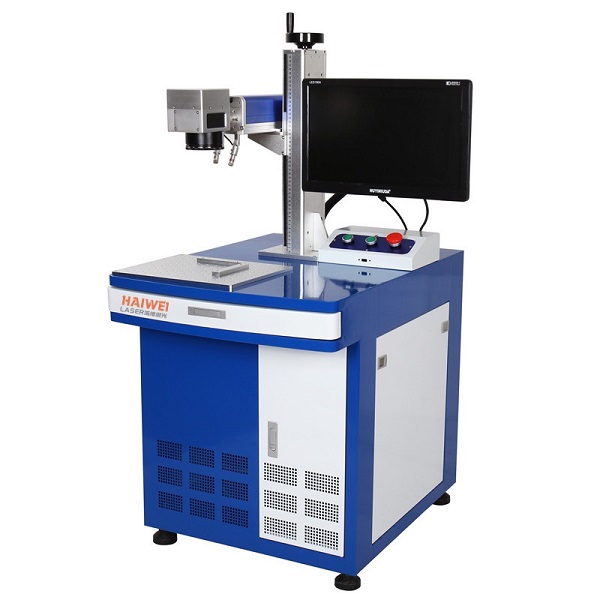How to Choose the Right Laser Marking Machine for Your Needs
Understand Your Material and Application
The first step in selecting a laser marking machine is identifying the materials you’ll mark—metals, plastics, ceramics, or coated surfaces. Fiber lasers work well on metals and some plastics, while UV lasers are better for heat-sensitive or reflective materials like medical devices and electronics. CO₂ lasers suit organic materials such as wood, glass, or leather.

Define Required Mark Quality and Durability
Consider the purpose of the mark. Is it for traceability (e.g., Data Matrix codes), branding, or regulatory compliance? High-resolution marks on small components require fine beam focus, which UV or MOPA fiber lasers provide. For permanent, wear-resistant markings on industrial parts, standard fiber laser systems are often sufficient.
Evaluate Production Environment and Integration Needs
Will the laser marking machine be used on a production line or in a workshop? Automated models with conveyor integration, PLC communication, and vision verification suit high-volume environments. For manual operations, compact benchtop or handheld units offer flexibility without complex setup.
Assess Maintenance and Operating Costs
Fiber laser systems generally have lower maintenance needs and longer lifespans than CO₂ or lamp-pumped lasers. Check cooling requirements, power consumption, and expected consumables (like protective lenses). A reliable system should operate for thousands of hours with minimal service.
Look for User-Friendly Software and Support
Ease of use matters. The control software should support common file formats, allow quick job setup, and include features like serial numbering or date coding. Also, verify that the supplier offers technical support, training, and spare parts availability.
Choosing the right laser marking machine isn’t about the highest power or newest technology—it’s about matching performance, reliability, and cost to your specific application and production workflow.
Recent Posts
- What are the advantages of laser welding machines in lithium battery pack production lines?
- What issues should be noted when choosing a lithium battery pack production line?
- Quality Inspection and Control of Lithium Battery Module Pack Production Line
- Cell grouping and sorting process in lithium battery module pack production line
- What are the safety hazards of lithium battery pack production lines and how can they be prevented?
INQUIRY

